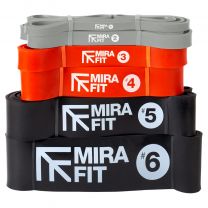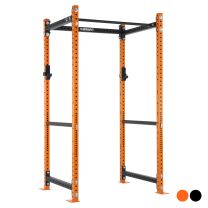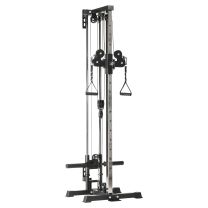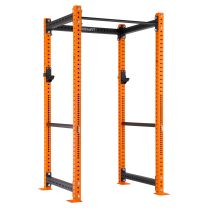Pallof Press Variations
Pallof Press Variations

Do you do the twists? Every time you swing a golf club, hit a tennis ball, or even go for a run there are rotational forces going through your body. All these twisting motions require rotational strength and power. No problem I hear you say! You are already doing rotational exercises in your gym routines. But the rotation movement is only half the problem. Not only do you have to have the strength to prevent being pulled over when doing these rotational movements, but you also need the ability to stop these movements to prevent injuries. This is where anti-rotation comes in.
What is Anti-Rotation?
Core strength has become a massive trend in the fitness industry, and it has been over complicated. It is easier to think of core strength as the ability to resist movements that are trying to pull the body over. For instance, if you lift a weight up in front of you, the muscles along the spine activate to prevent you from falling forward. In the same way we need core strength exercises that resist rotational movements. And what is the best exercise for this? The Pallof Press!
What is the Pallof Press?
The Pallof press, also known as the Pallof hold, involves you holding a band or cable with two hands in front of your chest with the resistance being perpendicular to you. You are then required to activate your core as you extend your arms out in front of you before returning to the start position. By increasing the lever length in front of you, the load placed on the core is increased. The easy way out is for the body to rotate in the direction of the force of the cable. It is by resisting this that anti-rotational strength is developed.
Benefits of the Pallof Press
Stability
Pallof press improves the ability of the body to do explosive rotational movements by providing a stable base to perform these movements. This rotational stability also helps with resisting rotational forces in activities such as squatting, running, or lifting an item to put on a counter.
Anti-Rotation
Once an explosive rotational movement has been created it needs to be safely stopped otherwise it will just lead to injury. If you do not possess the ability to control this movement then undue forces will be placed on the tendons and ligaments of the joint, leading to injury.
Pallof Press Muscles Worked
• Obliques - the internal and external obliques are primary muscles responsible for both creating rotational movement as well as resisting rotation by contracting isometrically.
• Transverse abdominis - the TA is important in maintaining the correct pelvic positioning and bracing of the spine to keep the body rigid.
• Glute medius - this muscle helps prevent lateral collapsing of the hips. A stronger glute medius helps provide stronger more stable hips which translates into a stronger base during activities such as lifting weight and running.
• Rectus abdominis - this muscle is your sit-up muscle. While you don’t bend forwards and backwards during the Pallof Press, it is active in bracing the spine.
• Rotator cuff - the core muscles of the shoulder joints. While these muscles are not the target muscle group of the exercise they still get a good workout.
Pallof Press Variations
Pallof Press with Band

To perform the Pallof press start with a Resistance Band tied around your Power Rack. Stand perpendicular to the band and hold the band with two hands and your fingers interlocked. Hold your hands to the centre of your chest. Keep your feet just wider than hip width apart and your knees slightly bent. Tighten your abs and pull your shoulder blades down your back. Maintaining this position, push the band slowly out in front of you and the back to the starting position. If the resistance is too light then step further away from the power rack or use a resistance band with more tension.
Pallof Press with Overhead Reach

Perform the Pallof Press but at the end of the movement before you return to the start position, raise your arms in a straight line up above your head and then back down again.
Benefits - By lifting the band above your head your body has the urge to fall over backwards. This requires your abdominals to work harder. It is important to keep your abs tight while you do this exercise. Your shoulders also require more stabilisation.
Pallof Press with Lateral Lunge
Start performing a standard Pallof Press. At the end of the movement keep holding the band out in front of you while you step away from the power rack, keeping the leg closest to the power rack straight and lunging with the other leg.
Benefits - Not only does this version offer the added benefit of including leg strength but it challenges the core muscles to stabilise while the body is moving.
Split Stance Pallof Press
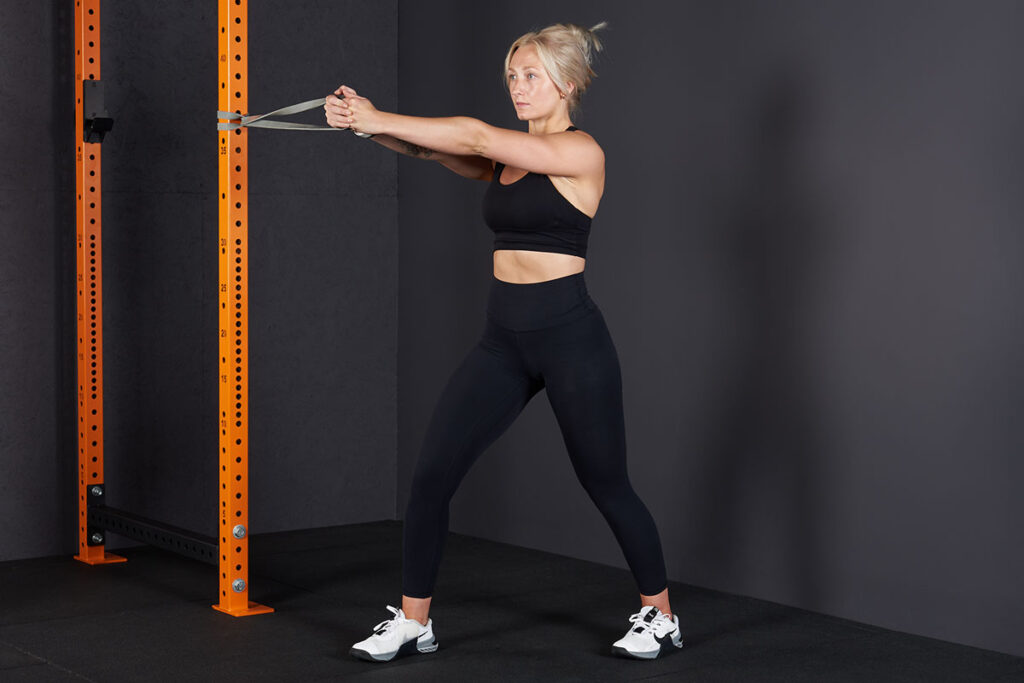
Stand in a split stance position with both legs firmly planted and your knees slightly bent. Push the band out in front of you before slowly returning to your chest.
Benefits - This is the first step in reducing the amount of stability by not having both feet planted under the hips. This requires the glutes and abdominal muscles to work harder to maintain posture.
Half-Kneeling Pallof Press

Start with the knee closest to the power rack on a Yoga Blocks while the other leg is bent at 90 degrees. Keep your torso tall and pull your shoulders down your back and perform the Pallof press in this position.
Benefits - The pelvis is forced into the correct position by having one leg up and the other kneeling. This helps us get used to the correct position for the Pallof Press as well as other exercises. The glutes are also more active in the leg that is up as it helps prevent us from falling over.
Double-Kneeling Pallof Press
As a progression to the Half-Kneeling Pallof Press you can have both knees on the ground. Squeeze both glutes and tighten your abs.
Benefits - By eliminating the assistance of the legs in the exercise, your core and hips must work harder to maintain a rigid spinal position.
Tall Kneeling Pallof Press
Instead of pushing your arms straight forward in the Double-Kneeling Pallof Press, you will push your arms from your chest up above your head.
Benefits - By pushing the band above your head your body wants to bend more sideways as opposed to the previous version. This provides a different training stimulus to the core muscles as well as strengthening your shoulder muscles
Pallof Press with Up Downs

Possibly the hardest of the Pallof Press variations. The difference with this version is that you maintain the Pallof press in the extended position for the duration of the exercise while you lower yourself onto your knees, one at a time, before standing up again.
Benefits - Your core has to be “turned on” for the duration of the exercise making this a challenge to the core. It also has to brace the spine while the rest of the body is moving.
Anti-Rotation exercises are some of the best core exercises for training the core! Don’t get caught in the trap of doing those perfect crunches or fancy ball exercises and think you have a strong core. Train the core for how it is required to work in everyday situations and resist external forces placed on it. The Pallof Press also has many different variations providing different stimulus to the core to keep your training challenging.
Written by guest author Brendan McBirnie.
For more content, follow us on Instagram, YouTube, TikTok, and on our official Mirafit Facebook page.
Enter your email to signup to our newsletter
Tags: Equipment > Bars and Weight Plates ; Exercise Type > Strength

